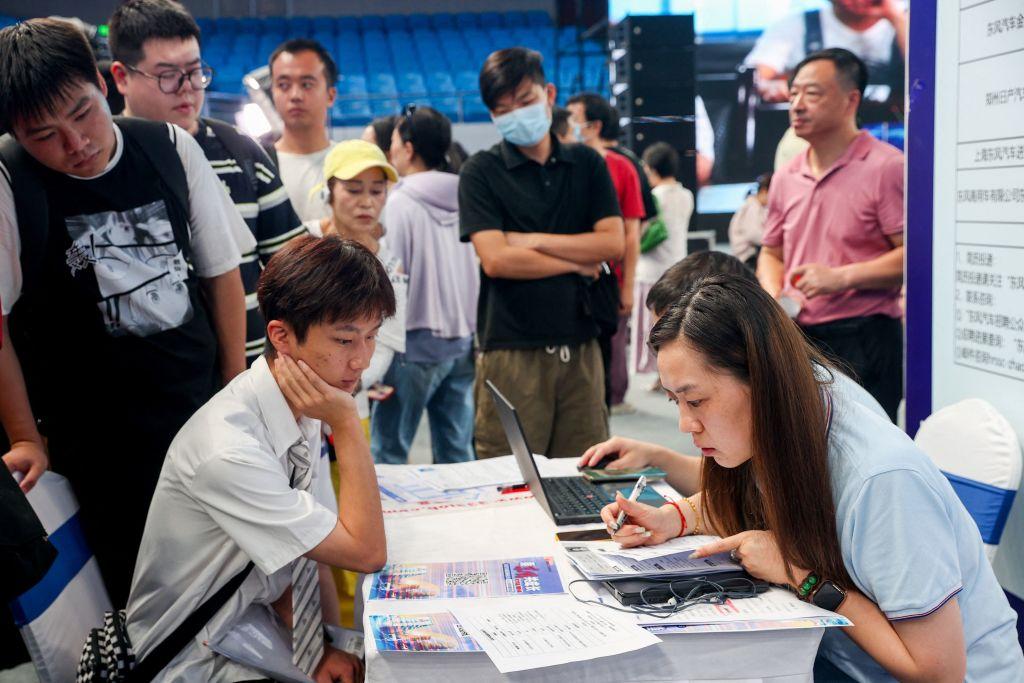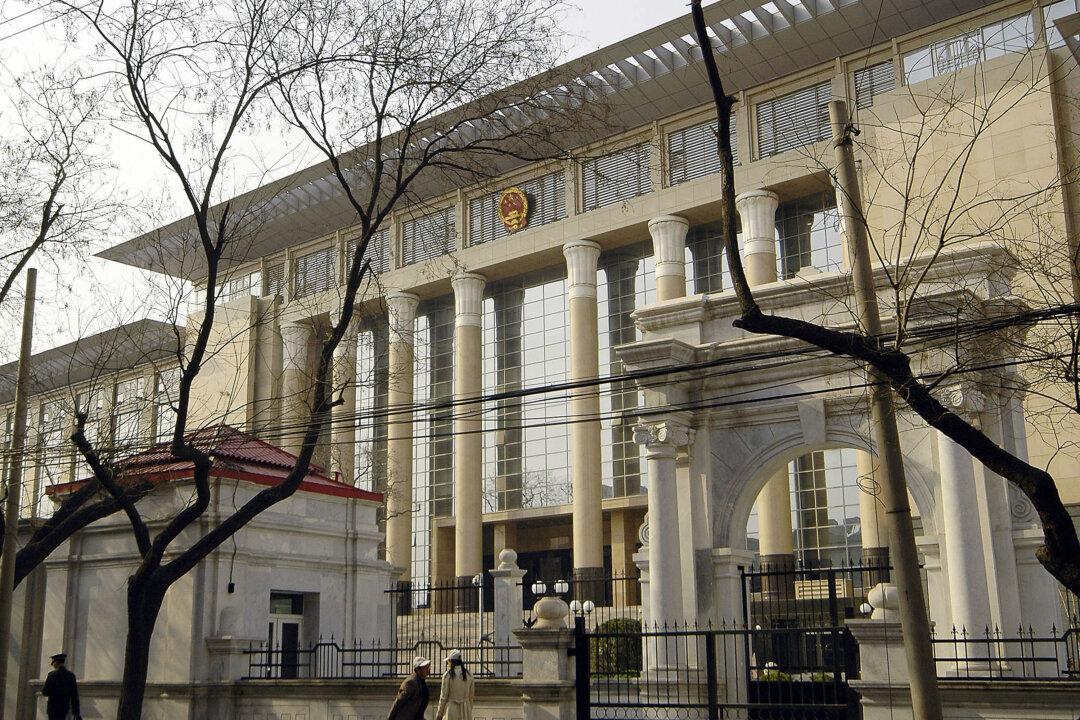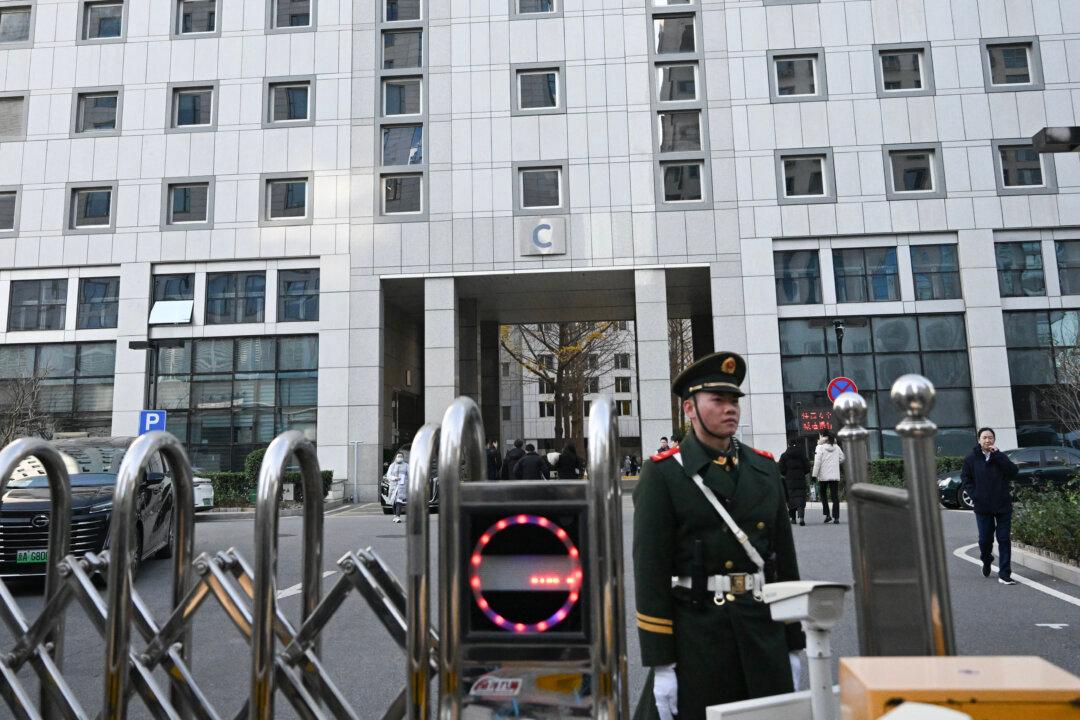Commentary
There has been a flurry of recent reports about serious problems with the Chinese economy (refer to these articles in The Wall Street Journal, Fortune, Financial Times, Nikkei-China, Barrons, and Reuters, for starters). If the engagement-oriented Foreign Affairs published an article with what for them must have been a shocking headline, “The End of China’s Economic Miracle,” then it must be getting serious.





